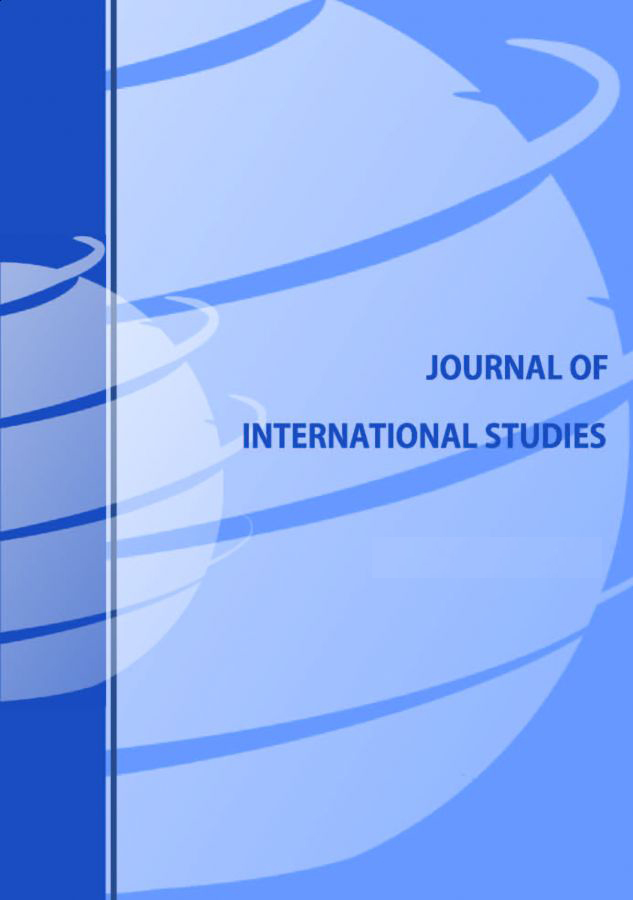COMMODITY PRICES, CREDIT CYCLES, AND CONSUMPTION IN RUSSIA, UKRAINE, AND BELARUS
COMMODITY PRICES, CREDIT CYCLES, AND CONSUMPTION IN RUSSIA, UKRAINE, AND BELARUS
Author(s): Scott W. HegertySubject(s): Economy, Geography, Regional studies, National Economy, Financial Markets
Published by: Fundacja Centrum Badań Socjologicznych
Keywords: domestic credit; capital flows; consumption; Russia; time series;
Summary/Abstract: From the 1990s to the onset of the 2008 crisis, consumer credit in former socialist economies expanded dramatically. While this “bubble” has since been reduced, there nonetheless remains the potential for new ones to form. Russia,where oil and commodity prices help drive capital inflows, the government budget, household consumption, and the overall economy, has not received as much attention as the Central and Eastern European countries that have joined the European Union. Nor have its smaller, energy-dependent neighbours of Ukraine and Belarus. This study fills this gap by examining the connections between domestic credit, consumption, and commodity prices in these three countries using quarterly time-series data from 1996 to 2017. After extracting filtered cycles and examining correlations, Vector Autoregressive methods are used to uncover the direction of causality among credit growth and a set of macroeconomic variables. There is little evidence of linkages between domestic credit and consumption in any country, but inflation and credit growth are linked in all countries. Rising commodity prices reduce credit growth in Russia and perhaps Belarus, which has been subject to severe economic sanctions in recent years. Consumers appear to be rather insulated from drops in commodity prices, however, which might help reduce pressure on their governments to deliver policy reforms.
Journal: Journal of International Studies
- Issue Year: 12/2019
- Issue No: 2
- Page Range: 9-21
- Page Count: 13
- Language: English

